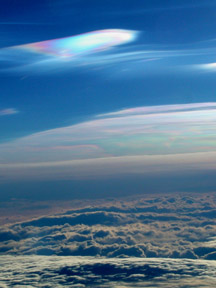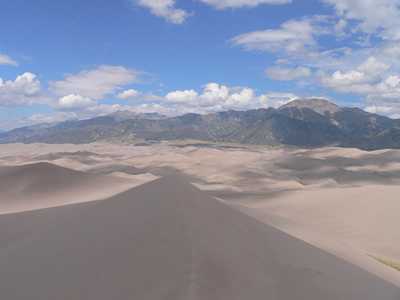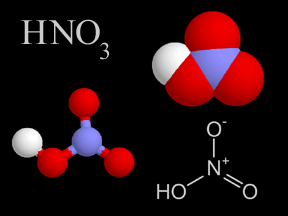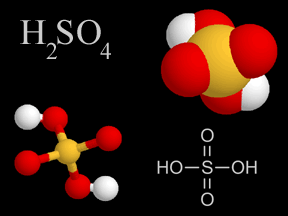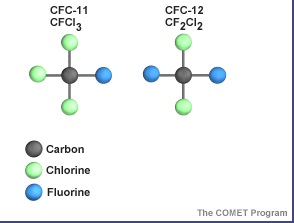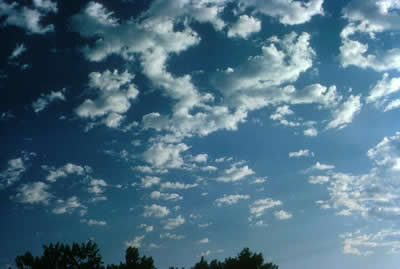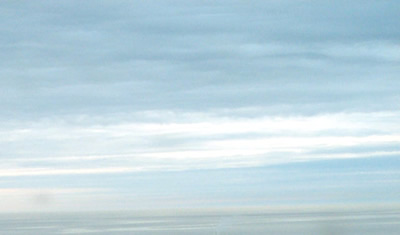Click on image for full size
Image courtesy of NASA (Paul Newman, GSFC).
Polar Stratospheric Clouds
The stratosphere is a layer of Earth's atmosphere. We live in the troposphere, the layer below the stratosphere. There are many different kinds of clouds in the troposphere. However, there is only one kind of cloud in the stratosphere! Those clouds are called Polar Stratospheric Clouds (PSCs).
PSCs form at very high altitudes, between 15 and 25 km (about 50,000 to 80,000 feet). PSCs only form at very cold temperatures around -78° C (-108° F). Sometimes, in winter near the North or South Pole, temperatures in the lower stratosphere get that cold. That's when PSCs can form.
There is lots of water vapor in the air in the troposphere. That's why we have lots of clouds down here in the troposphere. The clouds are made of tiny water droplets or small water ice crystals. On the other hand, the stratosphere above us is very, very dry. Clouds are rare in the stratosphere. Some PSCs are made up of water ice crystals. Other PSCs have nitric acid and sulfuric acid in them!
PSCs are also called nacreous clouds. People often see them around sunrise or sunset. Ice crystals in the clouds break sunlight up into different colors. PSCs are often very colorful.
Although they are beautiful, PSCs are also troublemakers. Earth's ozone layer helps protects us from ultraviolet radiation in sunlight. PSCs help out certain chemical reactions that destroy ozone. PSCs are part of the cause of the ozone hole.
PSCs may help warn us about global warming. Global warming is heating up the troposphere (down low, where we live), but it is cooling the stratosphere. That could mean that PSCs, which need really cold temperatures, could form more often. Scientists are watching carefully to see if there are more PSCs than there used to be.


